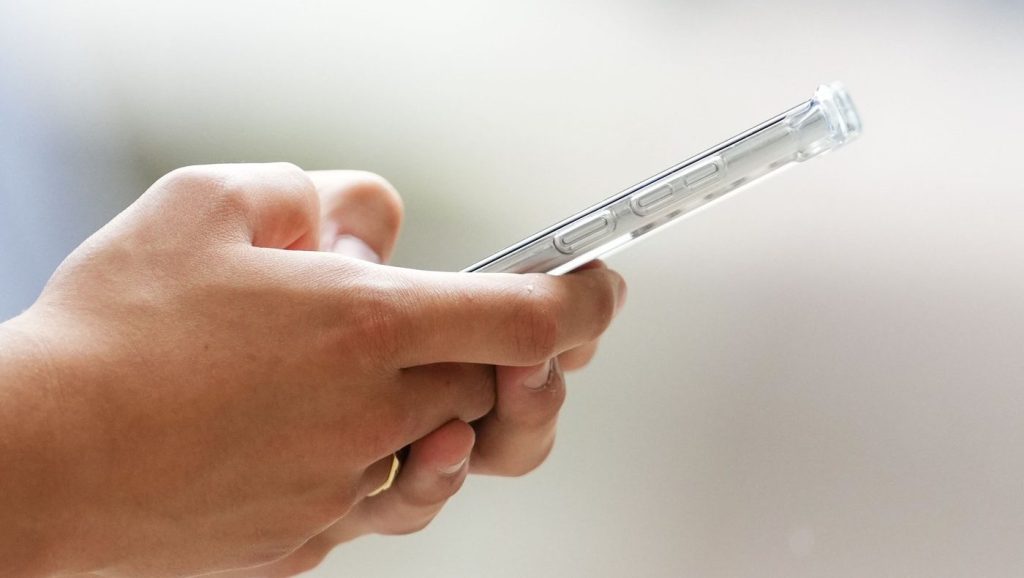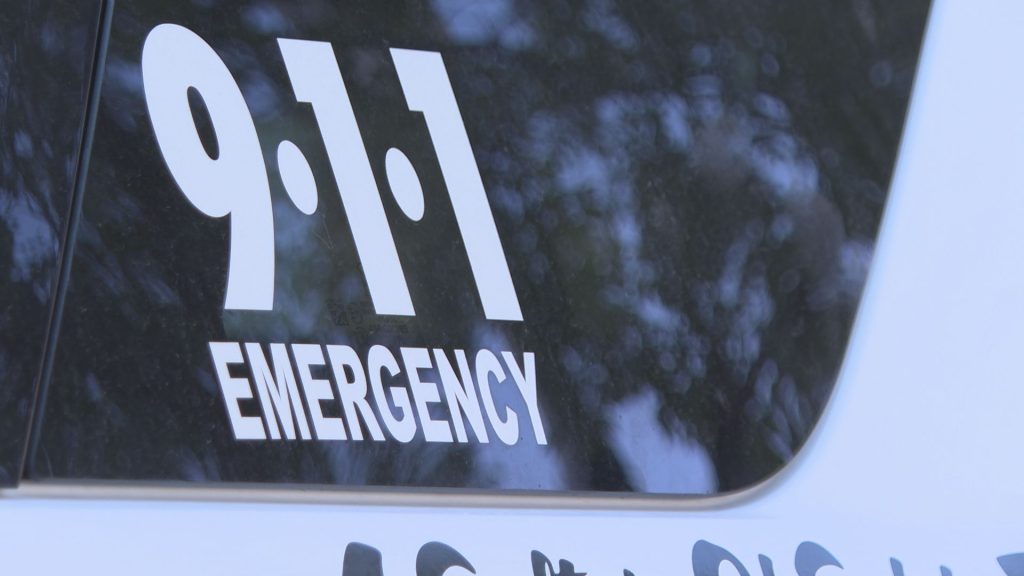Asteroid to be studied at University of Winnipeg
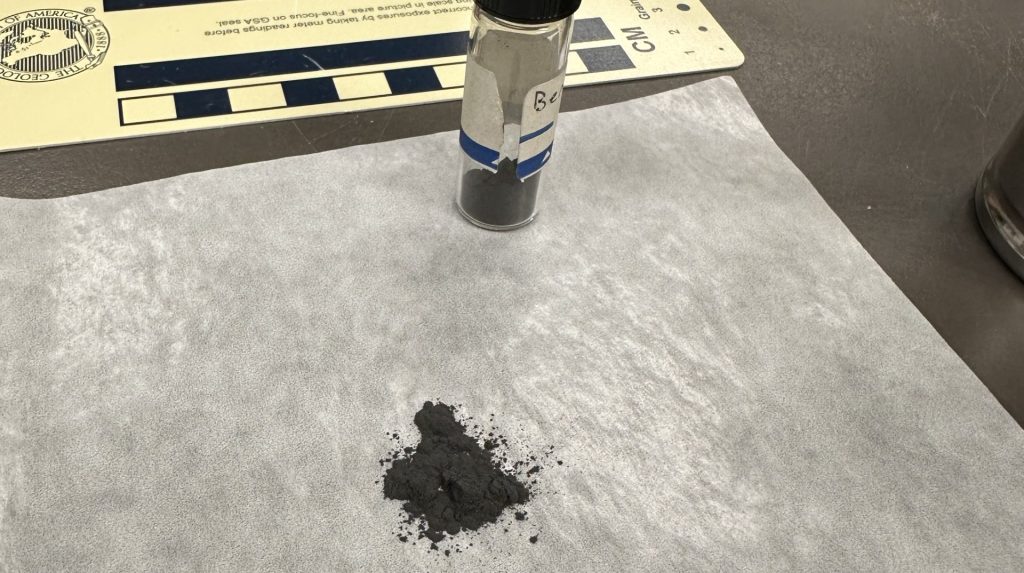
Posted January 11, 2024 1:43 pm.
Last Updated January 12, 2024 12:22 am.
It’s not your typical rock, but instead a replica of a 4.5 billion-year-old asteroid that is now being studied here at the University of Winnipeg.
The tiny sample size of outer space dates back to the first days of the solar system. It’s been named Bennu and it’s a near-Earth asteroid that took one of NASA’s spacecrafts two years to reach.
“I was nervous, but I am glad now I have the sample in hand, and I have the sample container here,” said Dr. Ed Cloutis, Geography Professor, Director, Centre for Terrestrial and Planetary Exploration.
“In 2016, I thought, ‘Oh my God, we’re never going to get this sample back,’ but now in 2024, it’s like, ‘well now that went really quick.’ Really excited that all that work, all those years that we put in on the mission was successful and now we have samples back here that we are preparing to analyze.”
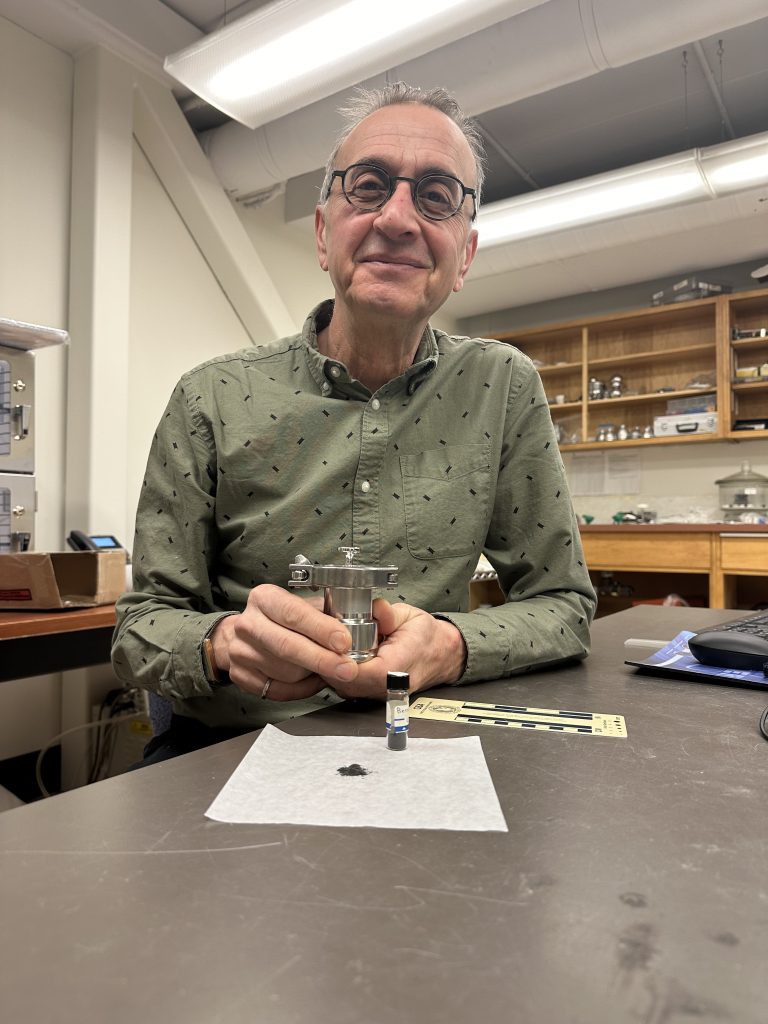
Dr. Cloutis is leading a team of researchers who are analyzing the sample that was captured during NASA’s OSIRIS-Rex mission in 2016.
Canada supplied an instrument for the spacecraft on this mission, and in turn, secured a chance to analyze a portion of the asteroid. Dr. Cloutis says this is only the third mission ever to bring back a piece of asteroid, making it extremely rare.
“Asteroids that are whipping around in space are basically the remnants of the Solar System – the pieces that were left over after all the planets and moons formed. They are these remnants that are untouched and so they give us a really good picture of what went on in the Solar System in the earliest days.”
The black rock powder weighs about 200 milligrams and great care must be taken to ensure the sample is never exposed to Earth’s atmosphere.
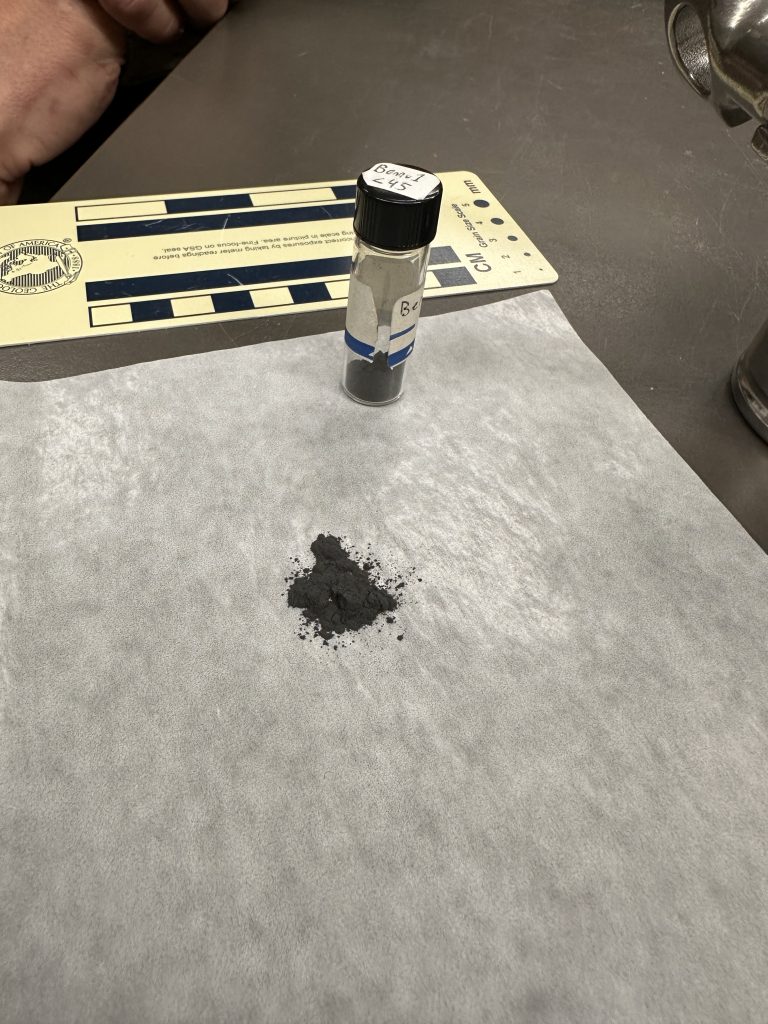
The sample is sealed in this silver, nitrogen-filled box. Dr. Cloutis and his team are hoping to learn more about the colour and composition of the asteroid and determine whether life on Earth began from an asteroid impact.
“These asteroids can tell us something about how the Solar System formed 4.5 billion years ago, and there is also interest that some of these asteroids may have seeded life on Earth. A lot of these asteroids contain organic molecules, and we are made of organic molecules. By bringing back a sample of this asteroid, we can look at what kind of chemistry went on in the early Solar System,” explained Dr. Cloutis.
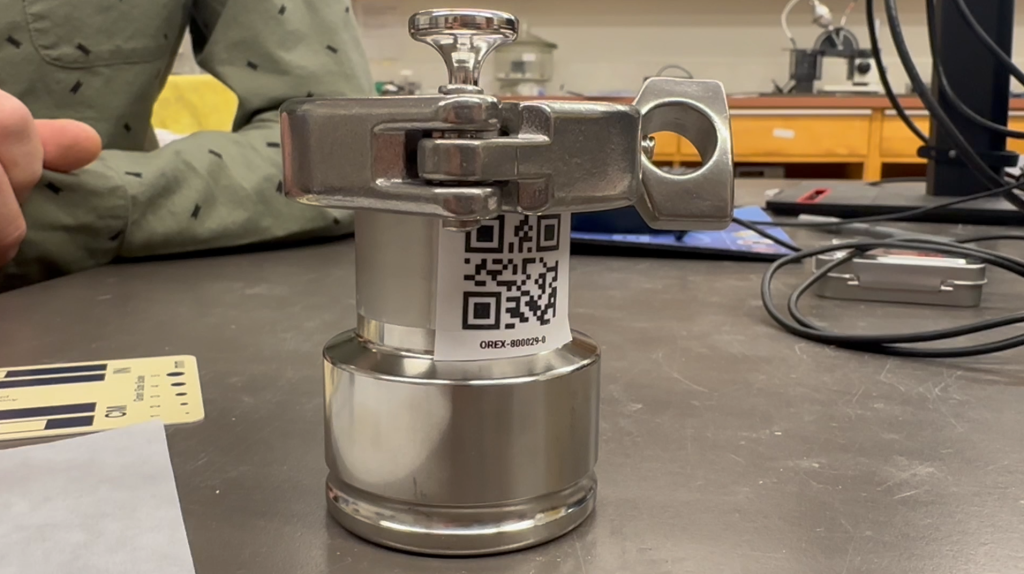
Dr. Cloutis and his team at the University of Winnipeg will have the sample for two weeks and will publish their findings in the spring. The asteroid sample will be circulated to half a dozen universities across Canada.
“There’s another asteroid sample return mission planned by China, and we are part of that as well, and that would probably bring the sample back in 2027. But this is the first sample return that we have been involved with.”
To watch more on how NASA is studying samples click here.

